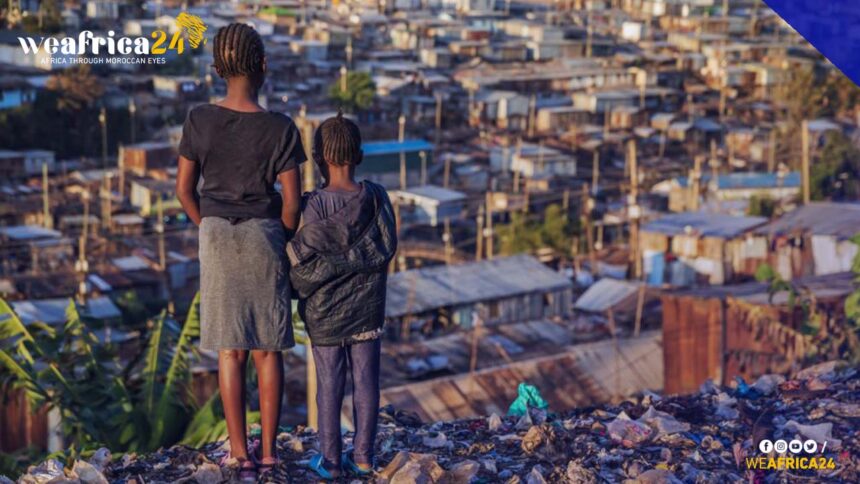According to a report by the United Nations Economic Commission for Africa (UNECA), the continent currently accounts for the largest share of the world’s poor, with 149 million previously non-poor Africans at risk of falling into poverty.
UNECA’s Director of Macroeconomics and Governance Division, Adam Elhiraika, presented an overview of the report on Friday at the ongoing experts meeting ahead of the 55th Conference of African Ministers of Finance, Planning and Economic Development in Addis Ababa, Ethiopia.
Africa hit hardest by global economic slowdown
The report reveals that Africa has borne the brunt of the global economic slowdown caused by the COVID-19 pandemic, the rise in prices fueled by the conflict in Ukraine, and extreme weather patterns. However, in 2022, Africa saw the fastest expansion among developing world countries after East and South Asia, driven by improvements in East, North, and West African sub-regions.
Elhiraika projects that East African countries will continue to show improvements, driven by the rebound of service and industrial activity, higher state spending, increased trade, recovery of the tourism sector, closer regional linkages through the East African Community, and increased infrastructure investments, particularly in Rwanda and Uganda.
Expected growth in North Africa
In North Africa, growth is expected to accelerate from 3.9 percent in 2022 to 4.8 percent in 2023, largely due to the expected rise in import demands in the Eurozone. This is expected to increase demand for exports from North African countries, as well as the number of tourist arrivals and remittance inflows.
In Central Africa, strong domestic production in Cameroon and Gabon has contributed to Africa’s growth in response to the global increase in oil prices.
Remarkable growth in West Africa’s Senegal
Senegal is expected to continue experiencing remarkable improvement in its rate of growth in 2023, owing to the commencement of hydrocarbon exports, which coincides with rising natural gas prices. Further, West Africa’s growth is expected to rise slightly to 3.9 percent in the course of 2023.
Slow growth is expected in most Southern African countries, led by the subregion’s largest economy, South Africa, reaching a subregional average of 2.8 percent.
According to Elhiraika, to make inroads in meeting the SDGs, governments need effective coordination between monetary and fiscal policy, which is critical for reducing inflation while shielding the most vulnerable households. Moreover, to achieve the SDGs, governments need to improve macroeconomic fundamentals and deepen structural transformation.
Accelerating AfCFTA for industrialization and diversification
Elhiraika emphasized that the African Continental Free Trade Area (AfCFTA) must be accelerated to speed up industrialization and diversification. Change needs to go beyond the national level, and a reform of the global financial architecture is key to accessing affordable long-term financing with better lending terms by multilateral development banks.
The Liquidity and Sustainability Facility and the Common Framework for Debt Treatments beyond the Debt Service Suspension Initiative could grant access to lower borrowing costs and allow African Governments to meet the SDGs.







